
Sandwich shops are more than a lunch stop; they’re cultural battlegrounds where taste, value, and nostalgia collide. The humble sandwich chain has become a barometer for America’s shifting appetites and priorities in a world obsessed with convenience.
But equal chains are not all created: some create rabid devotion, others eye-rolling or sheer contempt. Did you know that the largest sandwich chains collectively make billions each year combined, but have reputations that couldn’t be more divergent?
Let’s strip away the hype and ranking of the biggest names, worst to best, with unapologetic honesty.
1. Subway
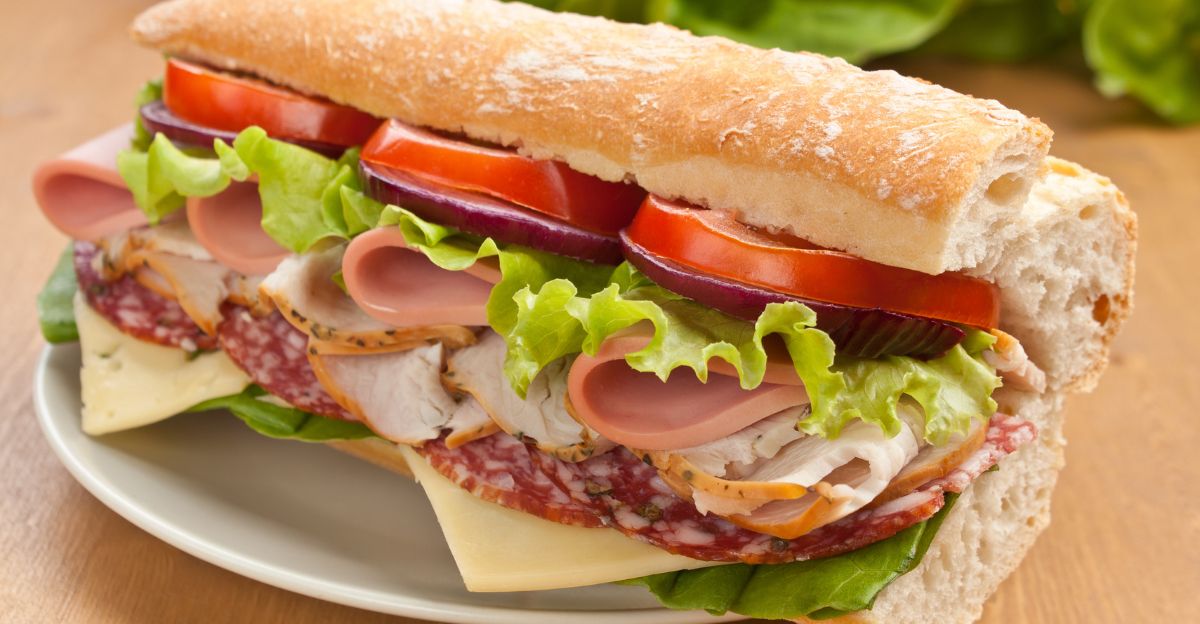
Subway dominated the sandwich business, with over 20,000 U.S. outlets and nearly $10 billion in annual sales. But familiarity breeds contempt. Critics bludgeon Subway for bland, uninspired fare and a “build-your-own” model that typically produces soggy, forgettable sandwiches.
Oversaturation and high-profile scandals have soured trust, while others innovate. Despite its enormity, Subway’s image has fallen through the floor, and it is the poster child of mediocrity, a cautionary tale of how size cannot compensate for decreased quality or shopper fatigue.
2. Arby’s
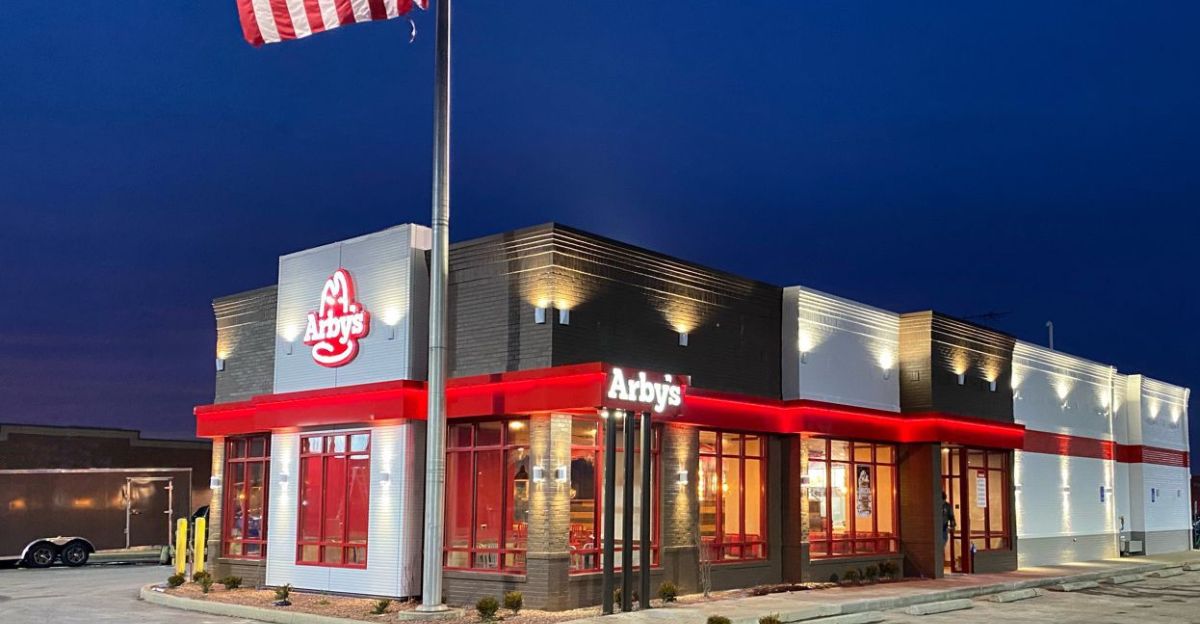
Arby’s markets itself as a premium choice, but controversy and inconsistency haunt the brand. Investigative reports allege heavily processed meats and food safety lapses, including undercooked roast beef and expired deli products, leading to temporary closures in 2024.
Despite premium pricing, many customers feel shortchanged by lackluster quality and slow service. Social media and review websites consider Arby’s one of today’s most unreliable sandwich chains.
3. Jimmy John’s
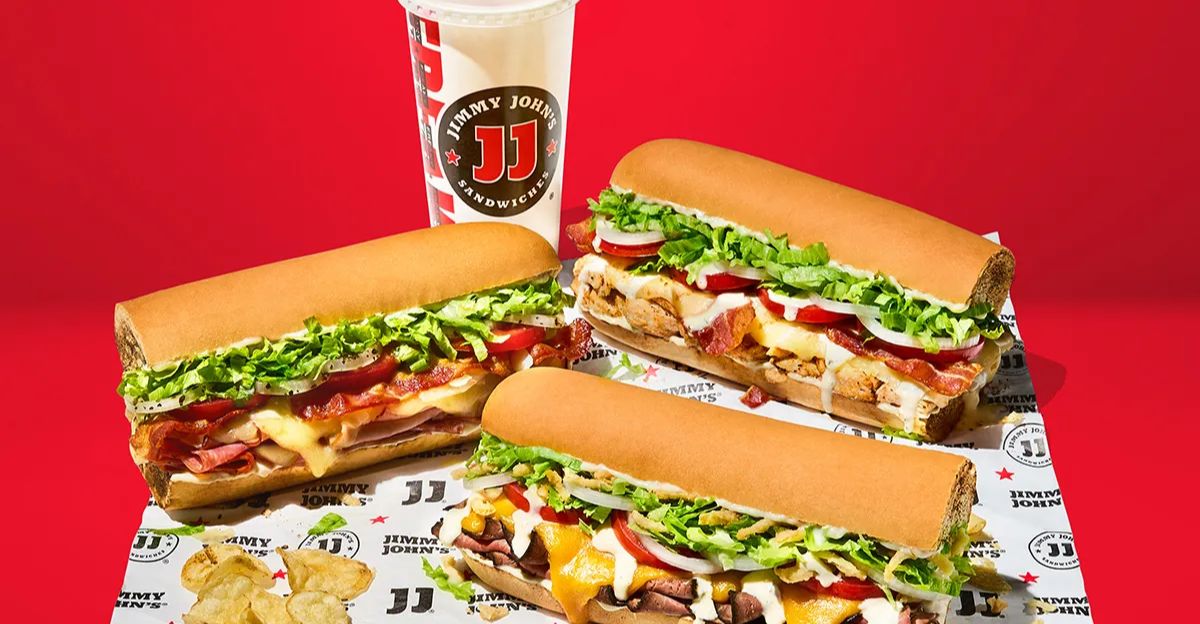
Jimmy John’s built its fame on “freaky fast” delivery, yet speed is not necessarily satisfaction. Critics highlight a small menu, no customization, and sandwiches that are flat out uninspired and/or taste generic.
The chain has its loyal customers, but the value proposition (which has even been highlighted in commercials) and the limited creativity are weaknesses when consumers want unique flavors and healthy choices. Jimmy John’s success is a case study in logistics, but the food itself is not typically surprising.
4. Panera Bread
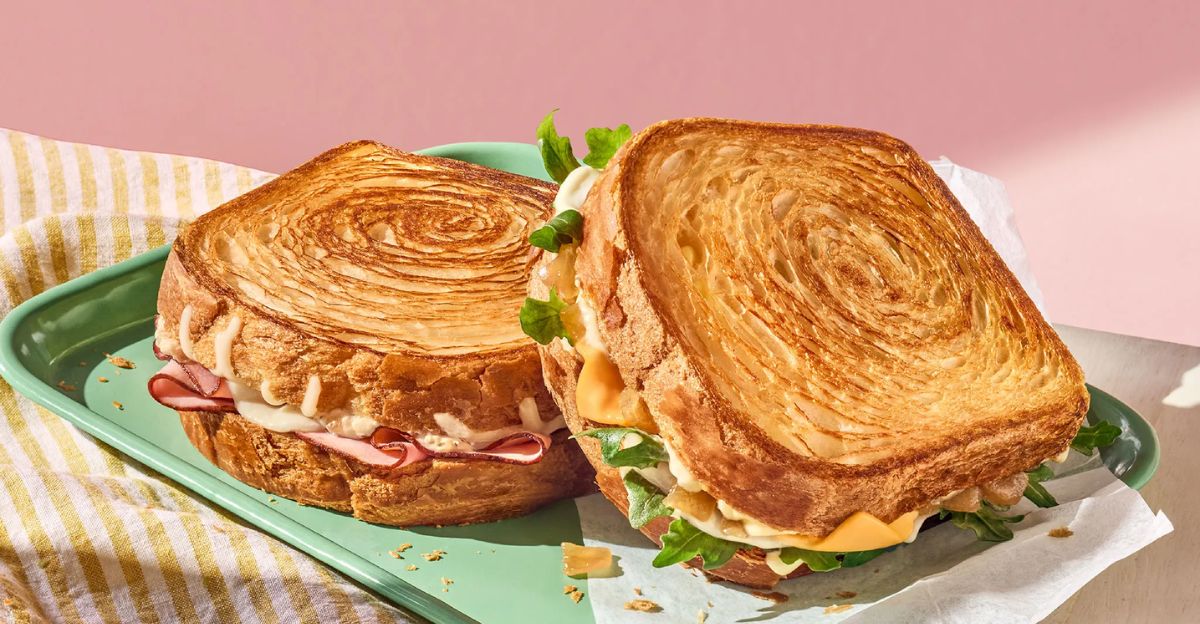
Panera Bread enjoys a “health halo,” but does it deliver? Panera has marketed itself as the premium, wellness-conscious brand with more than 2,000 locations and $6 billion in sales per year.
Detractors claim that the sandwiches are too expensive, and even the healthiest-sounding sandwiches are easily on par with fast-food proportions in caloric totals.
While these claims have merit, Panera’s identified dedication to serving fresh ingredients and general café aesthetic places it in its category. Panera is another comfort food brand, not a culinary experience.
5. Jersey Mike’s Subs
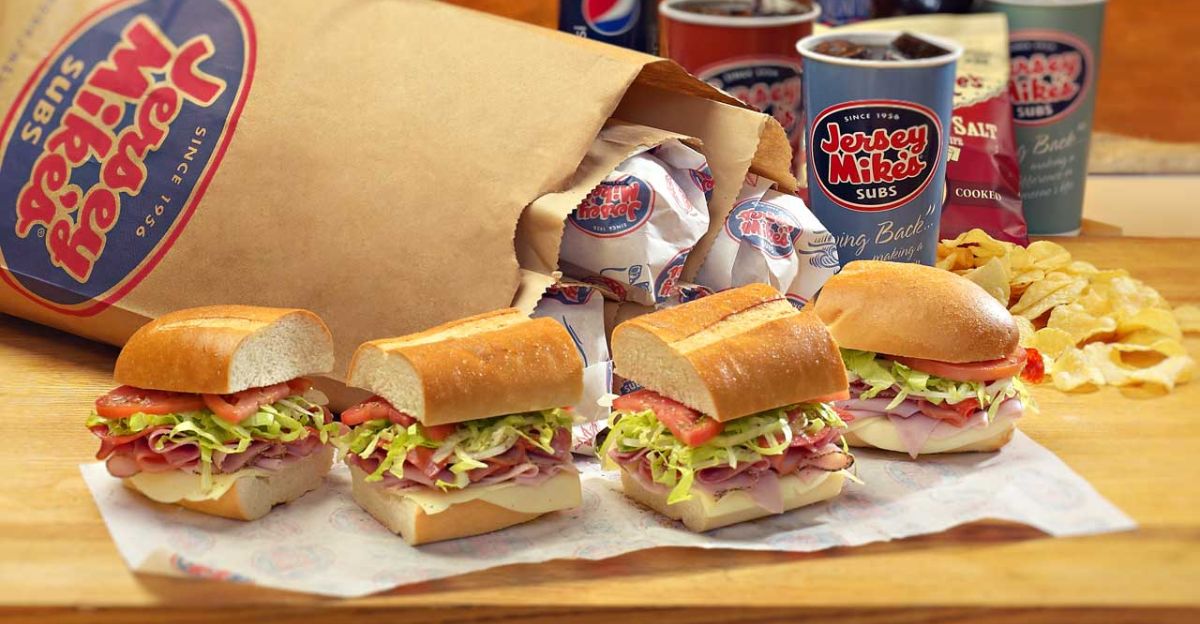
Jersey Mike’s is popular for its back-to-basics style: freshly sliced meats, significant portions, and “Mike’s Way” toppings that maximize flavor.
Its fast expansion with close to 2,400 U.S. locations shows that authenticity pays off with consumers. It’s not the cheapest choice, but Jersey Mike’s is renowned for quality and consistency.
Navigating the intersection of nostalgia and efficiency in its business is a formula for thriving in a busy market environment.
6. Potbelly Sandwich Shop
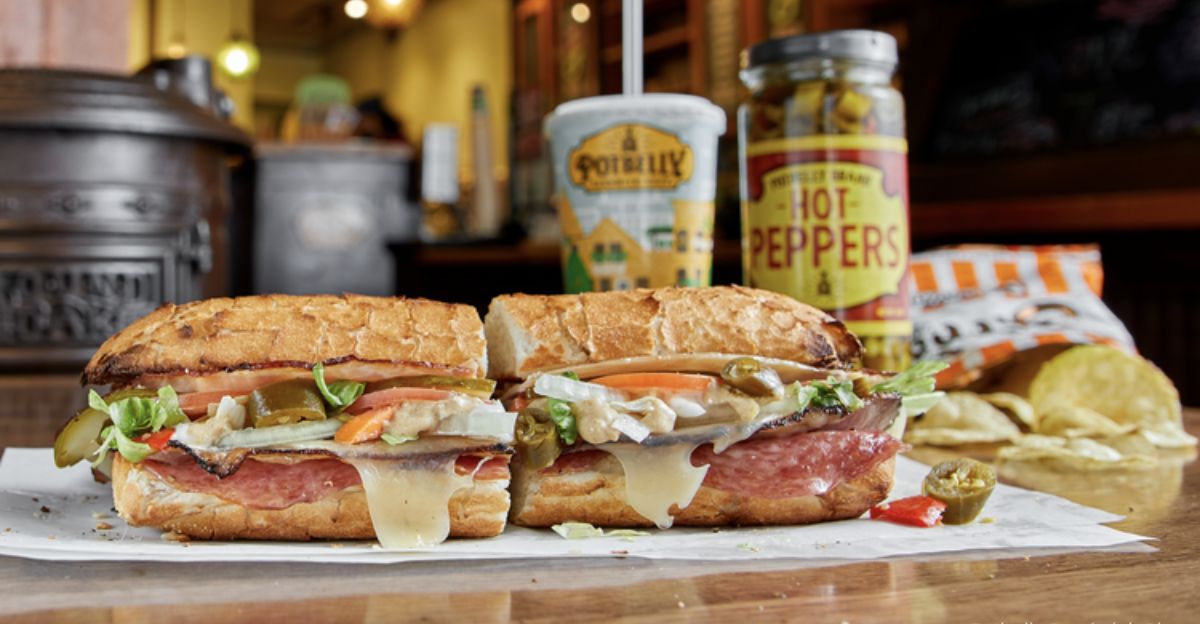
Potbelly has a cozy, charming, and quirky, vintage style to its environment, and its warm, comforting sandwiches leave you feeling comforted. There are 429 locations and a legion of followers. Potbelly creates a cozy and inviting atmosphere and has a creative menu.
Critics cite store-to-store inconsistency and an old-fashioned menu compared to trendier entrants. Potbelly’s exclusivity and devoted customer base place it firmly in the top half of sandwich chains.
7. Firehouse Subs
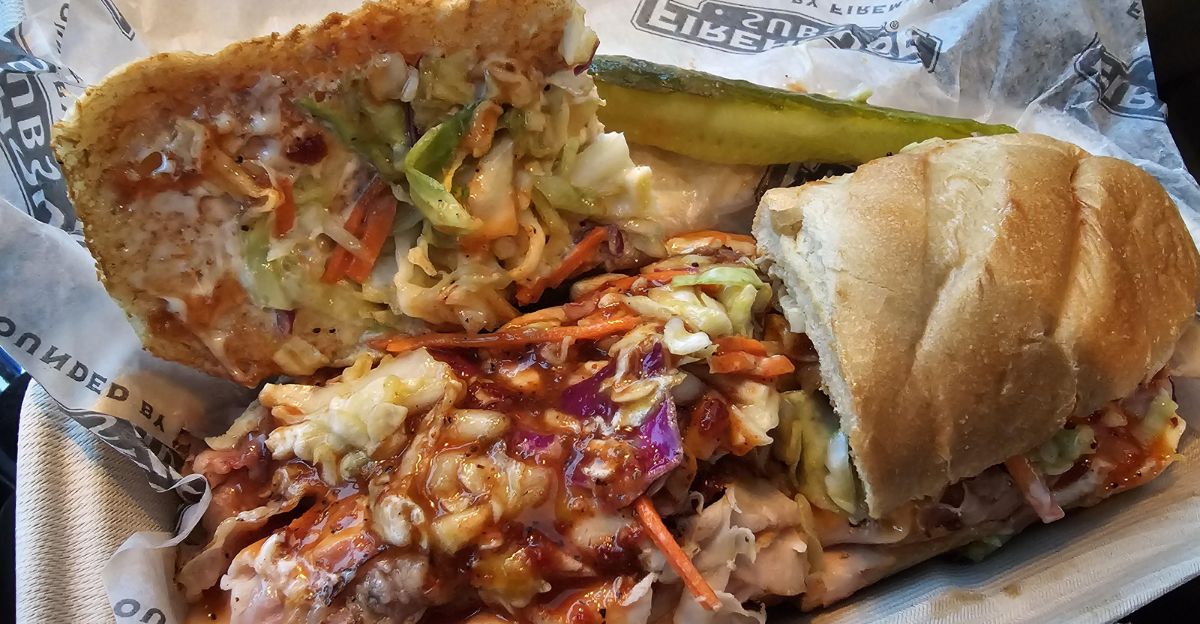
Firehouse Subs differentiates itself on the strength of ample portions, steamed meats, and a mission-based strategy. It has given millions to the firefighters. Socially responsible sandwiches, focused on taste, have fueled explosive growth.
Others find the menu too heavy, but Firehouse’s focus on quality and cause-based branding appeals to socially conscious consumers. The chain’s success shows that good can certainly be good business, especially with a product that sticks.
8. Which Wich
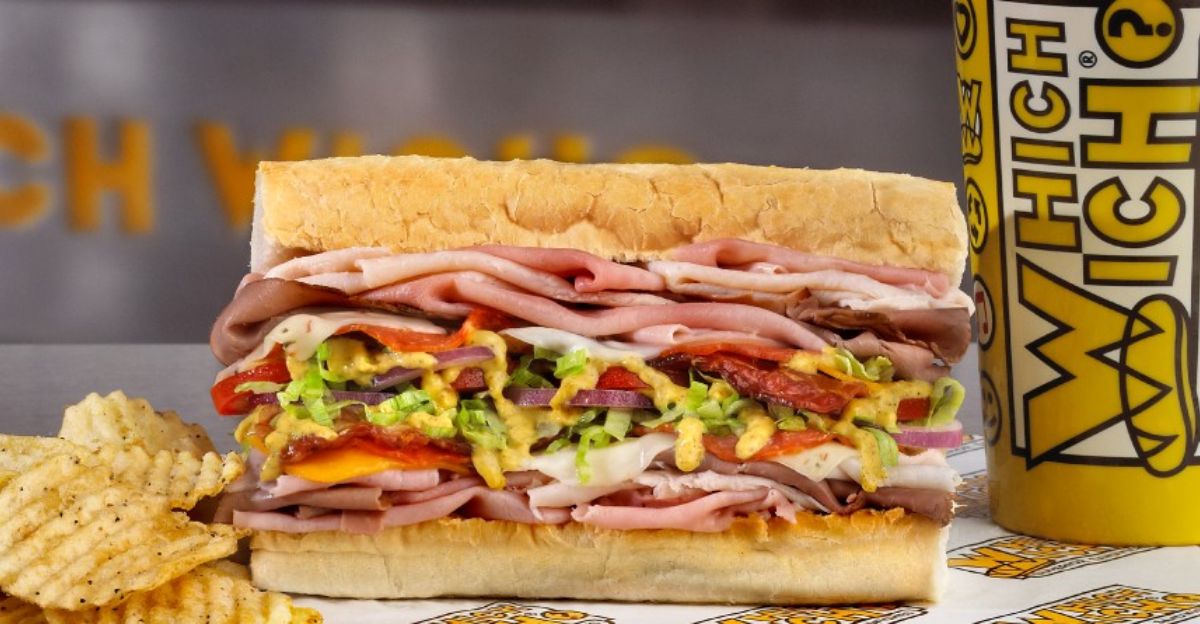
It has established itself based on a customizable sandwich and an interactive ordering process. Customers write their orders on paper bags; it is a very individualized experience.
Although the chain is small compared to some of its counterparts, its innovation and desire to give consumers control have earned it a loyal customer base. Its ability to stir things up reveals that creativity and flexibility can build loyalty in an oversaturated market.
9.PrimoHoagies
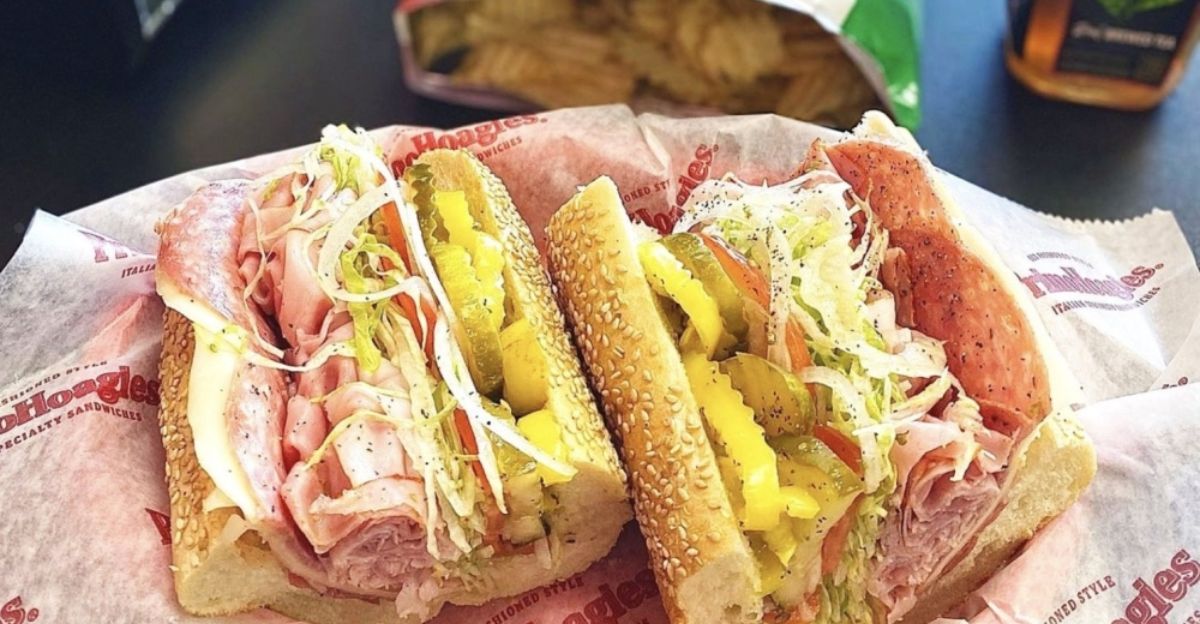
Topping our list is PrimoHoagies, a regional behemoth with unrelenting quality and traditional Italian-style subs.
While they have less visibility but an excellent reputation for fresh ingredients, robust flavors, and handcrafted-tasting sandwiches, PrimoHoagies’ rise reflects a greater trend: customers are shifting to brands prioritizing substance over size.
PrimoHoagies shows us that quality, not just marketing muscle, wins people over.
What This Ranking Tells Us
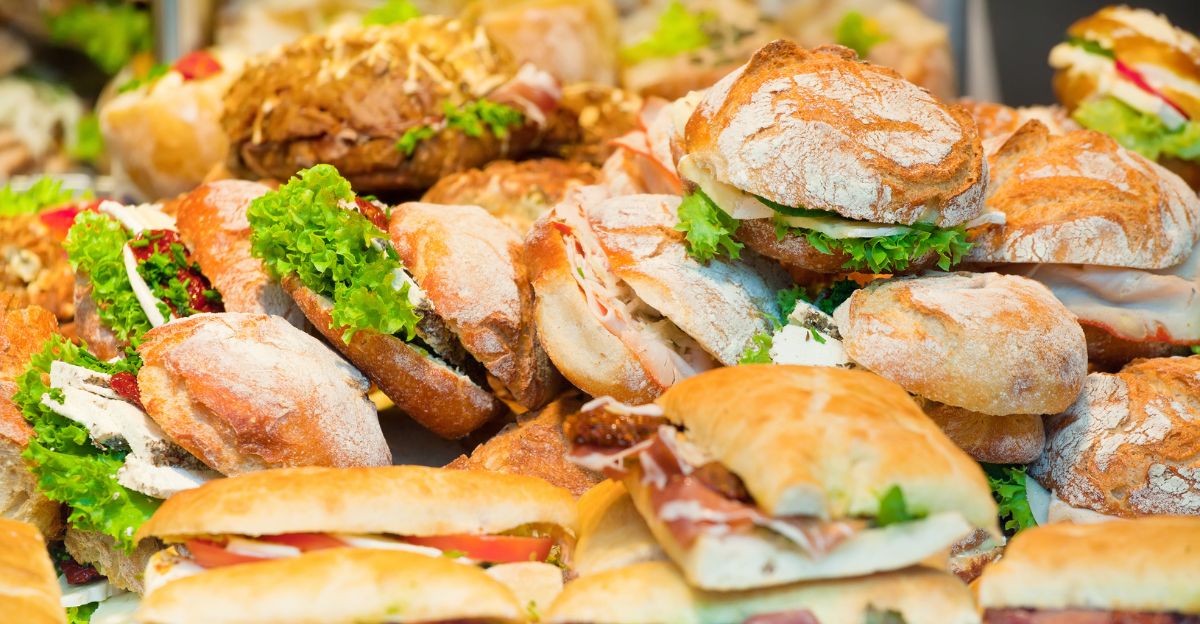
Ranking sandwich chains is not about flavor; it mirrors America’s shifting values. Chains prioritizing authenticity, innovation, and social responsibility are winning, and those relying on heritage or bigness are losing ground.
The future belongs to brands that strike a balance between speed, quality, and purpose. As consumer needs shift, so will these rankings, rewarding those willing to challenge the norm and deliver sandwiches worth craving.
